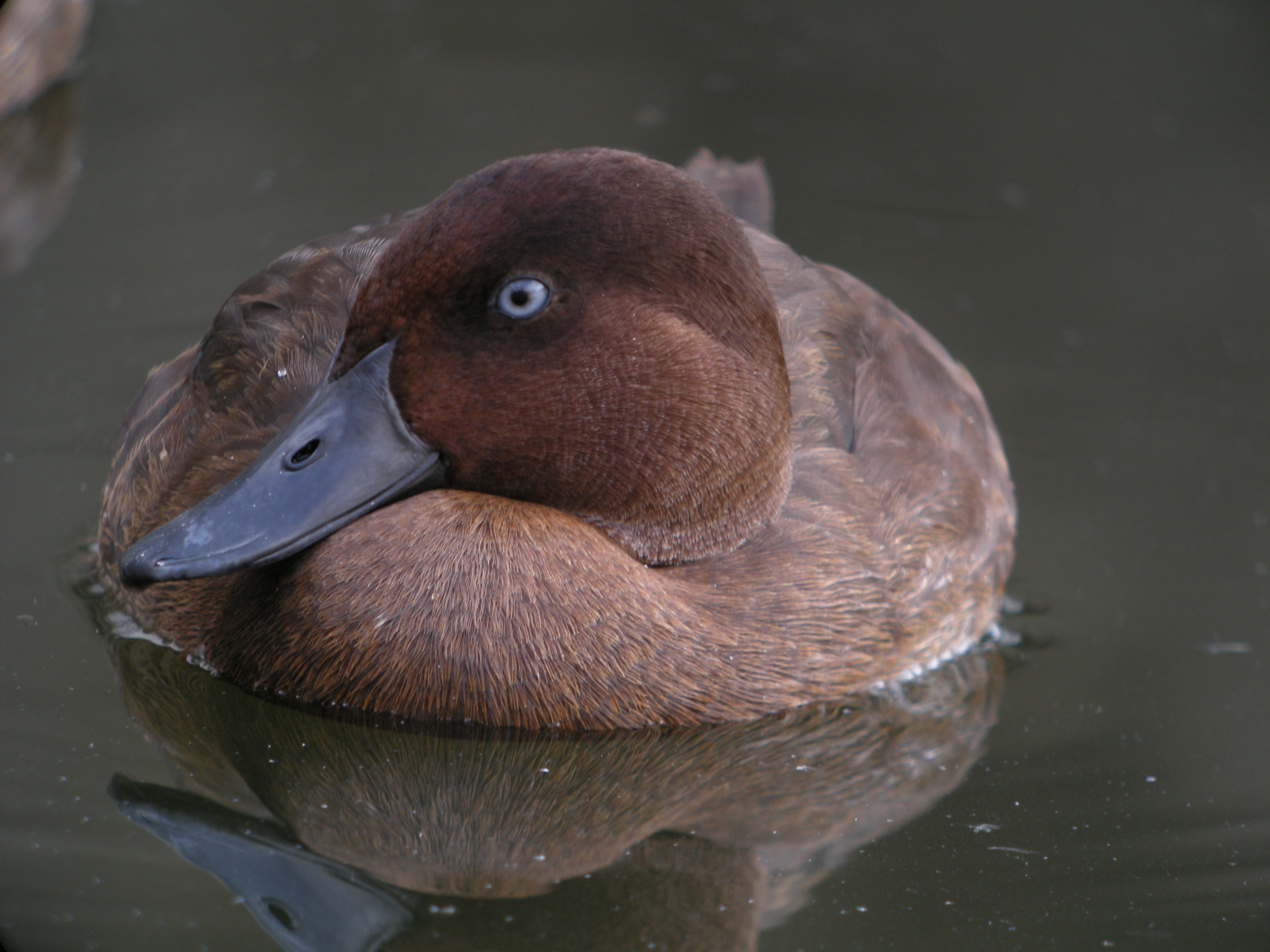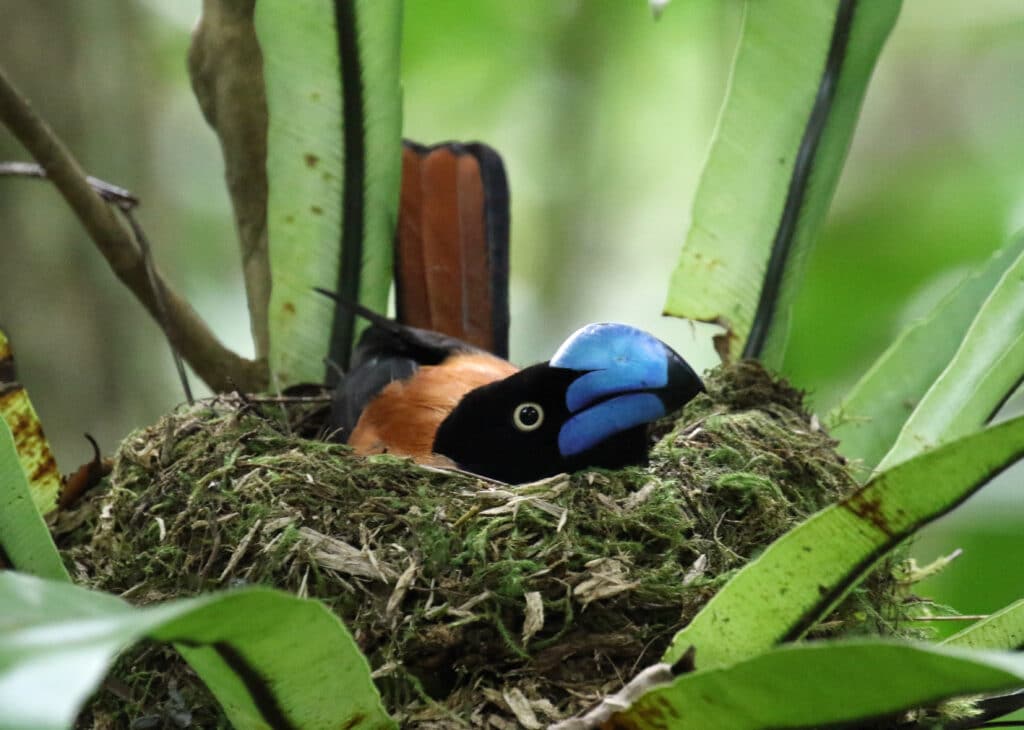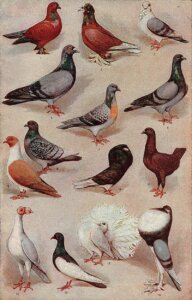How to Identify Madagascar Pochards: A Birdwatcher’s Guide
Identifying Madagascar pochards can be challenging yet rewarding. These rare ducks are unique and beautiful.
Madagascar pochards are among the world’s rarest birds. Found only in Madagascar, these ducks have distinctive features that set them apart. Learning to identify them helps in conservation efforts and enhances birdwatching experiences. Their striking chestnut color and white eye-ring make them recognizable.
Understanding their habitat and behavior also aids in spotting them. This guide will help you learn more about these incredible birds and how to identify them in the wild. Dive in to discover the fascinating world of Madagascar pochards and contribute to their preservation.
Introduction To Madagascar Pochards
The Madagascar Pochard is a rare species of diving duck. This bird has a unique presence that captures the interest of bird watchers and conservationists. Known for its distinct features and limited habitat, identifying this bird is both exciting and challenging.
Brief History
The Madagascar Pochard was once thought to be extinct. The last sighting was in the late 20th century. In 2006, a small group was rediscovered in a remote area of Madagascar. This discovery sparked a wave of conservation efforts to save the species from the brink of extinction.
Habitat And Distribution
Madagascar Pochards live in marshes, freshwater lakes, and swamps. They prefer habitats with dense vegetation. These environments offer plenty of food and cover. Currently, they are found in only one location: Lake Sofia in northern Madagascar.
The following table highlights key points about their habitat and distribution:
| Habitat | Distribution |
|---|---|
| Freshwater lakes | Lake Sofia, Madagascar |
| Marshes | Restricted to northern regions |
| Swamps | Limited geographical range |

Credit: en.wikipedia.org
Physical Characteristics
Understanding the physical characteristics of the Madagascar Pochard can help bird watchers identify this rare species. This waterfowl exhibits unique features that set it apart from other ducks. By focusing on its size, shape, color, and markings, you can distinguish it easily.
Size And Shape
The Madagascar Pochard is a medium-sized duck. Adults typically measure around 45 cm in length. They have a compact, robust body. Their wings are short and rounded. The tail is fairly short and pointed.
Color And Markings
Male Madagascar Pochards have a rich, dark brown plumage. Their eyes are a striking white. The bill is dark grey. During the breeding season, males display a glossy green head. Females are slightly duller in color. They have a lighter brown plumage. Their eyes are brown, and their bill is also dark grey. Juveniles resemble females but are paler.
Behavioral Traits
The Madagascar Pochard is a rare diving duck. Understanding its behavioral traits can help in identifying this unique species. They exhibit specific feeding habits and breeding patterns that set them apart from other birds.
Feeding Habits
Madagascar Pochards are known for their specialized feeding habits. They are primarily diving ducks and prefer to forage underwater. They dive to the bottom of lakes and ponds to find their food.
These ducks feed on a mix of aquatic plants, small fish, and invertebrates. Their diet includes:
- Algae
- Aquatic plants
- Small fish
- Insects
- Crustaceans
During feeding, they often remain submerged for up to 30 seconds. They use their strong beaks to sift through mud and debris. This behavior distinguishes them from other surface-feeding ducks.
Breeding Patterns
Breeding patterns of Madagascar Pochards are unique. They usually breed in secluded freshwater lakes. These lakes are often free from human disturbance.
The breeding season typically starts in the rainy season. This period provides abundant food and nesting materials. Here are some key aspects of their breeding behavior:
- Nesting: They build nests near water, hidden among dense vegetation.
- Egg Laying: Females lay between 6 to 10 eggs.
- Incubation: The female incubates the eggs for about 25-30 days.
- Chick Rearing: Both parents care for the chicks, which fledge after 50-60 days.
The nesting sites are usually well-camouflaged to protect from predators. The males often guard the nesting area while the females incubate the eggs. This cooperative behavior ensures higher survival rates for the offspring.

Credit: www.birdlife.org
Tips For Birdwatchers
Birdwatching is a delightful hobby that requires patience and a keen eye. Identifying the Madagascar Pochard, a rare and beautiful duck species, can be particularly rewarding. Here are some useful tips for birdwatchers to enhance their experience.
Best Viewing Times
The early morning is the best time to spot the Madagascar Pochard. These birds are most active at dawn, making it easier to observe their behaviors. Late afternoon can also be a good time, as they often return to their roosting sites.
During the breeding season (November to April), you might have better chances of spotting them. They are more visible and active during this time, which increases your chances of a successful sighting.
Recommended Equipment
Having the right equipment is crucial for a successful birdwatching experience. Here’s a list of essential items:
- Binoculars: Choose binoculars with a magnification of 8x or 10x for clear, close-up views.
- Field Guide: A bird field guide specific to Madagascar will help you identify the Madagascar Pochard and other species.
- Notebook and Pen: Take notes on your observations. Record the date, time, and location of sightings.
- Camera: A good camera with a telephoto lens helps capture detailed images of the birds.
Dress in neutral colors to blend in with the environment. This reduces the chances of startling the birds. Also, wear comfortable shoes suitable for walking in different terrains.

Credit: www.discoverwildlife.com
Frequently Asked Questions
What Are The Key Features Of Madagascar Pochards?
Madagascar Pochards have chestnut-brown plumage and a white belly. Their eyes are bright red. Males have a distinctive green sheen on their head.
Where Can Madagascar Pochards Be Found?
Madagascar Pochards are found in the wetlands of Madagascar. They are primarily located in the northern part of the island.
How Big Are Madagascar Pochards?
Madagascar Pochards are medium-sized ducks. They typically measure around 45-54 cm in length, with a wingspan of about 70-80 cm.
What Do Madagascar Pochards Eat?
Madagascar Pochards feed on aquatic invertebrates and plants. Their diet includes insects, mollusks, and small fish.
Conclusion
Spotting Madagascar Pochards can be fun and rewarding. Look for their unique white eyes and brown plumage. Pay attention to their diving behavior in water. These clues help identify them easily. Enjoy bird watching and remember these tips. This knowledge can enrich your bird-watching experience.
Happy spotting!
Hello Dear, I'm Poli Kolymnia, owner of many birds (including budgies).
With a deep passion for these feathered companions, I'm here to share my expertise and extensive knowledge on birds care.
My articles cover essential topics like diet, housing, care, and health, providing practical tips to help you create a happy and thriving environment for your birds.





